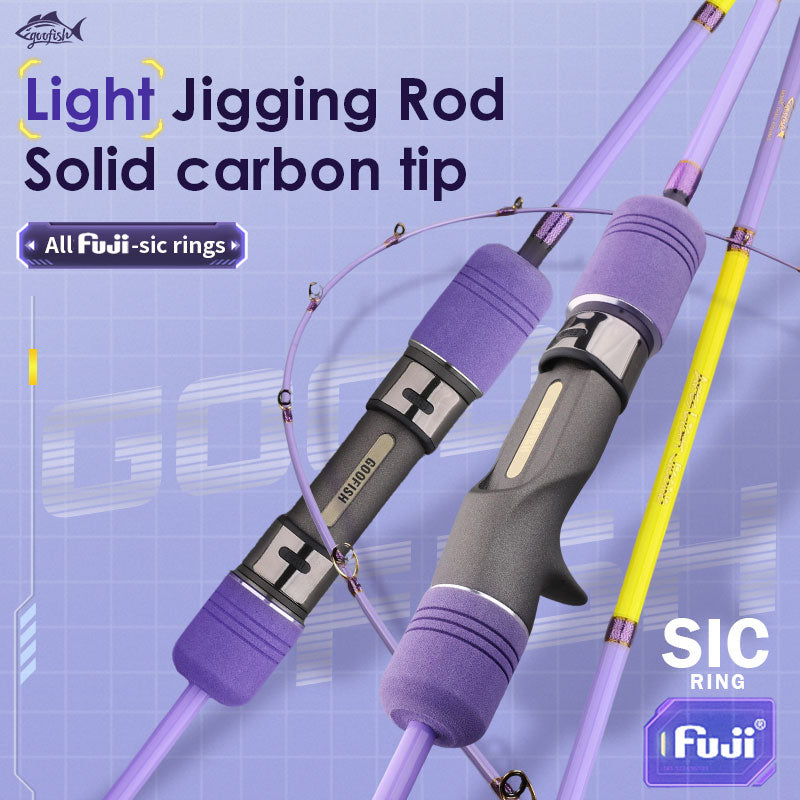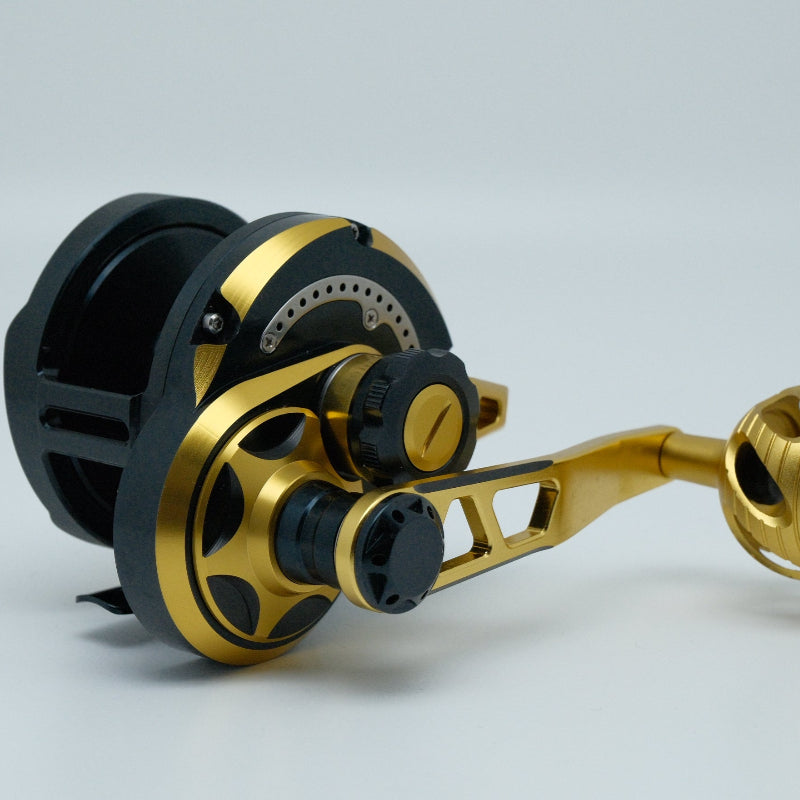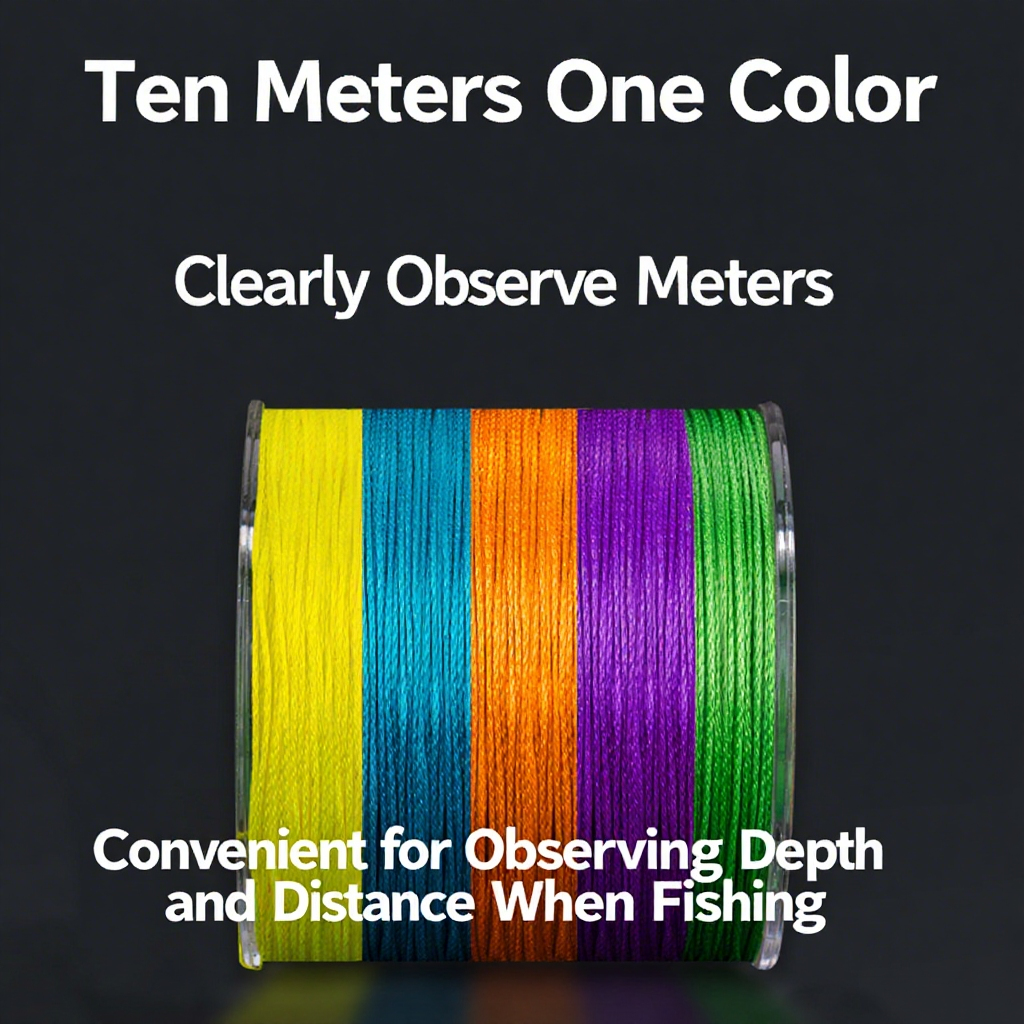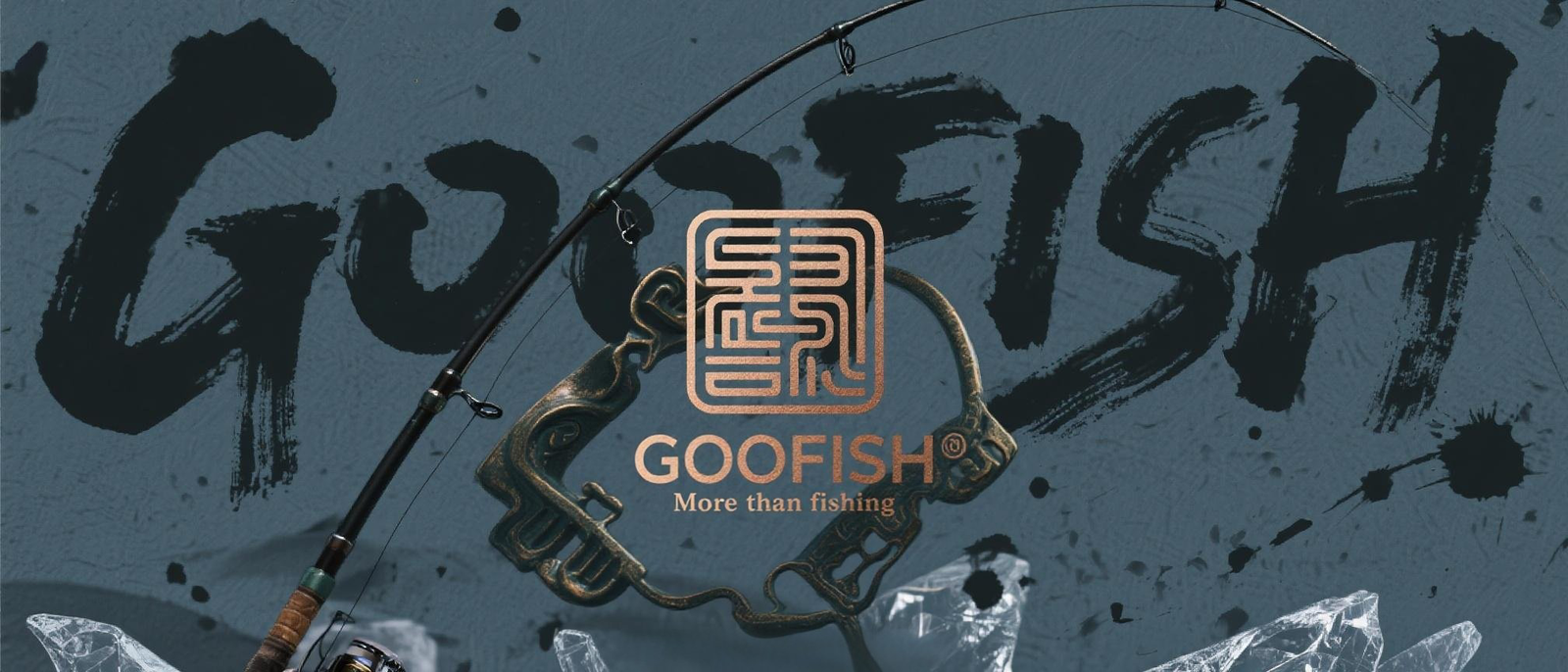Fishing in Physics Class: Teaching Kids Buoyancy and Sensitivity Through Rod and Reel
Engaging Young Minds with STEM Through the Art of Catfishing
When it comes to making physics fun and tangible, few activities beat combining hands-on learning with the excitement of the water. Catfishing isn’t just a hobby—it’s a brilliant gateway to teaching kids about buoyancy, sensitivity, and the physics of motion. By leveraging tools like catfish surf rods, green catfish rods, and understanding catfishing pole gears, educators and parents can transform a simple fishing trip into an unforgettable science lesson.
Why Catfishing? The Perfect Blend of Fun and Physics
Fishing might seem unrelated to the classroom, but the principles at play are rooted in fundamental physics. A catfishing rod acts as a lever, demonstrating mechanical advantage as kids learn how angling and rod length affect force transmission. The catfishing fishing tackle gears—from reels to line—introduce concepts like friction, tension, and material elasticity. But the real magic happens when exploring buoyancy: understanding why bait floats, how a bobber signals a bite, or why certain lures sink versus float. These real-world applications make abstract concepts concrete for students.
Lesson Plan: From Rod to Reel—Teaching Physics Through Gear
1. Understanding Buoyancy: Float or Sink?
Start by diving into buoyancy with a simple experiment: using different materials (foam, wood, metal) to mimic bait. Kids can observe how density affects whether an object sinks or floats—directly linking to Archimedes’ principle. Connect this to catfishing: why do we use specific baits that float (like corn) versus weighted lures that sink? Discuss how buoyancy determines how lures move through water and attract fish.
2. Sensitivity in Action: The Science of Detection
A catfishing pole’s sensitivity hinges on its design—from the flexibility of the blank to the tightness of the guides. Explain how a sensitive rod transmits vibrations (mechanical waves) through the line, alerting anglers to bites. Use a basic rod (or a DIY version) to demonstrate: a stiffer rod vs. a flexible one—how does each respond to movement? Relate this to sensitivity in physics: how materials and structure affect energy transfer.
3. Gear Up: Exploring Catfishing Equipment
Introduce kids to catfish surf rods (long, sturdy rods for casting in open water) and green catfish rods (camouflage-friendly designs for stealth). Discuss how rod length impacts casting distance (projectile motion!), while reel mechanics (spools, drag systems) teach rotational motion and friction. Let them assemble simple tackle setups, identifying each gear’s role in the physics of fishing.
Bringing It to Life: Outdoor Experiments and Real-World Application
Take the lesson outdoors! Have kids test different baits, rods, and reels, recording observations on buoyancy behavior and sensitivity in detecting bites. Encourage them to hypothesize: “Will a longer catfish surf rod cast farther? Does a green catfishing rod affect fish behavior?” Document results and discuss how design choices impact performance—tying every action back to physics concepts.
The Bigger Picture: STEM Beyond the Textbook
By merging catfishing with physics, we show kids that science isn’t confined to equations—it’s in the world around them. Buoyancy and sensitivity become more than terms in a textbook; they’re tools for solving problems, from designing better lures to understanding marine ecosystems. Plus, the hands-on, interactive nature of fishing keeps learners engaged, fostering curiosity and a love for STEM.
Ready to Cast a Line in Education?
Whether you’re a teacher, parent, or outdoor enthusiast, catfishing offers a unique way to make physics accessible and exciting. By integrating catfishing pole gears, catfishing fishing tackle gears, and the science of buoyancy, you’ll turn a pastime into a powerful learning experience. Let the lessons begin—with every cast, kids are hooking into a lifelong passion for discovery.











Leave a comment